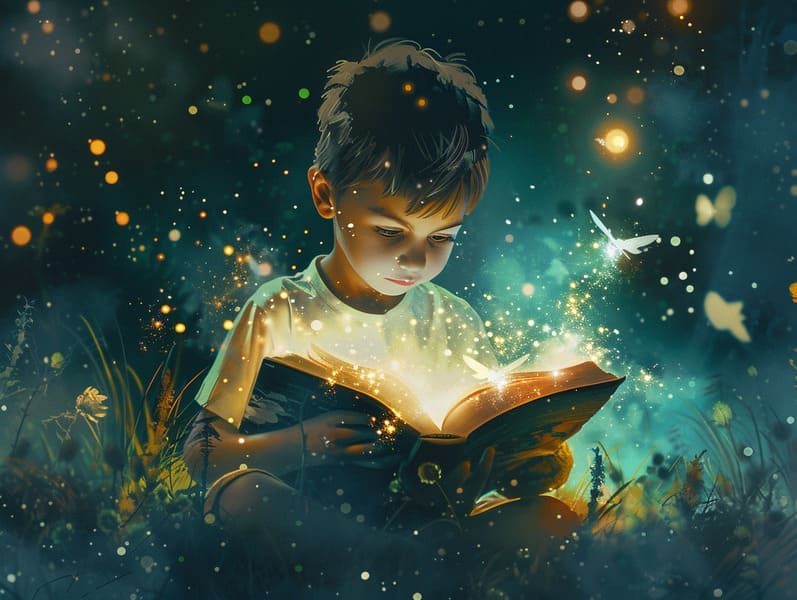Exploring the Roots of Historical Fairy Tales with Its Unfading Loveliness.
Exploring the Roots of Historical Fairy Tales with Its Unfading Loveliness.
Blog Article

Popular fairy tales have enduring presence. These stories have been conveyed from one generation to the next well before they were ever written down. They developed from a variety of societies, including Middle Eastern traditions. They were initially told among mature audiences, often carrying themes and messages concerning the societal norms and beliefs of the time.
The Grimm brothers, the two Grimm brothers, were among the first to compile and release many of these beloved fairy tales. Their published works, "Grimm's Fairy Tales," included classics like "Ashenputtel," "Hansel and Grethel," and "Little Snow White," which have since become hallmarks in the world of famous fairy tales. Similarly, Hans Christian Andersen's fantastical narratives, such as "The Sea Maid," and "The Story of the Ugly Duckling," have captured hearts worldwide, solidifying their place in the pantheon of iconic fairy tales.
Though they are centuries old, fairy tales remain as pertinent as ever, especially as children's bedtime stories. These magical stories are now available in different formats, including colorful picture books, enchanting animations, and online storybooks.
Their lasting presence can be credited to several captivating elements:
Ethical Lessons: Classic fairy tales often present important moral lessons. Fairy tales like "The Boy Who Cried Wolf" teach the importance of integrity, while "The Tale of the Tortoise and the Hare" illustrate the benefits of resolve and unpretentiousness. These tales offer little ones clear distinctions between good and bad, building their moral compass in a tender yet meaningful way.
Compassion and Insight: Ancient fairy tales frequently depict figures facing challenges and struggles, stimulating children to comprehend with their struggles and support their triumphs. For instance, "The Story of Beauty and the Beast" points out the merit of looking beyond appearances to appreciate the real person of a person, strengthening sympathy and knowledge.
Cultural Perception: Many ancient fairy tales are rich in the cultural contexts from which they were born. Reading these stories can provide enlightening views into different historical contexts, building a sense of cultural insight and knowledge.
Imagination and Innovation: The supernatural elements in classic fairy tales—enchanted objects—engender children’s fantasies. These fairy tales transport readers to magical realms, boosting innovative dreams and a sense of excitement that lasts a lifetime.
Traditional fairy tales are not only spellbinding but also instructive. They work as fascinating tools in building various thinking and feeling skills in little ones. When classic fairy tales are recited, they improve verbal development by teaching new words and intricate sentence structures. This practice also improves auditory skills and mental focus, as young readers concentrate deeply, expectant to see what happens next.
Furthermore, conversing about the themes and characters of fairy tales can strengthen intellectual skills and critical thinking. Little ones are instructed to recognize patterns, expect results, and catch on to cause and effect. These discussions also ease little ones voice their thoughts and feelings, adding to their emotional intelligence.
In today’s high-tech era, the abundance of online fairy tales has made these narratives more reachable than ever. Web platforms and web apps present large libraries of children's fairy tales that can be accessed or listened via anytime, anywhere. Fairy tales told out loud are particularly prevalent, extending an charming way for children to relish these mesmerizing stories. Read-aloud stories and read-out-loud videos transport characters and settings to life, often accompanied by fantastical background sounds and songs that heighten the narrative journey.
The timeless fascination of ancient fairy tales lies in their ability to evolve to today's society while continuing with their basic principles. Contemporary renditions of these stories often integrate more varied protagonists and modern settings, making them understandable to today’s audience. However, the key lessons of bravery, warmth, and justice remain unchanged, continuing to impact young listeners of all ages.
Old fairy tales also offer a sense of ease and predictability. They put forth a ordered narrative with a evident beginning, middle, and end, often ending with the settlement of conflicts and the triumph of morality over immorality. This constancy can be placating for young readers, allowing a sense of steadfastness in an inconstant world.
Old fairy tales continue to allure and guide new generations, maintaining their beauty and applicability in modern society. As children's night stories, they bestow a perfect blend of allure and teaching, enhancing moral values, empathy, and creativity. The existence of digital storybooks and the sought after status of fairy tales voiced ratify that these classic stories remain acquirable to new generations.
By sustaining and distributing these narratives, we continue to value the rich tapestry of narrative artistry and cultural heritage. Whether you are perusing a artistically illustrated book, discovering a online collection, or listening to an read-aloud story, the elegance of timeless fairy tales is always within reach. These narratives teach us of the invariable presence of stories and its ability to unite us across time and space.
No matter if you are delving into a gorgeously illustrated book, experiencing check here a internet library, or hearing an spoken story, the appeal of old fairy tales is always within reach.
These stories point out of the unceasing influence of fairy tales and its ability to tie us across centuries and lands, casting a charm that enchants and educates alike.